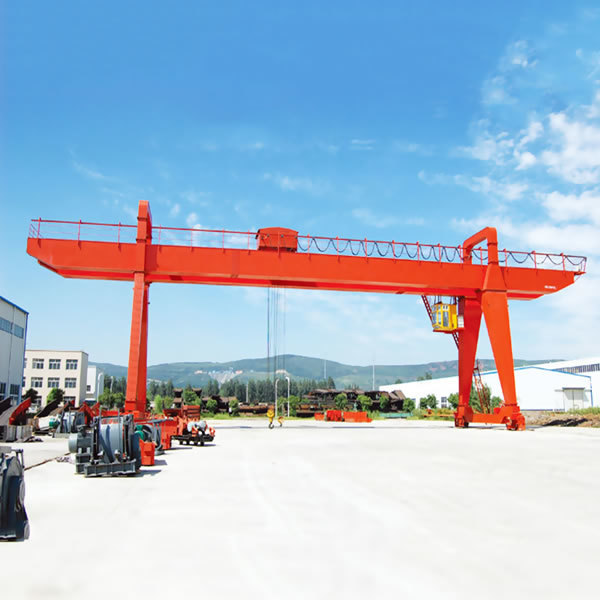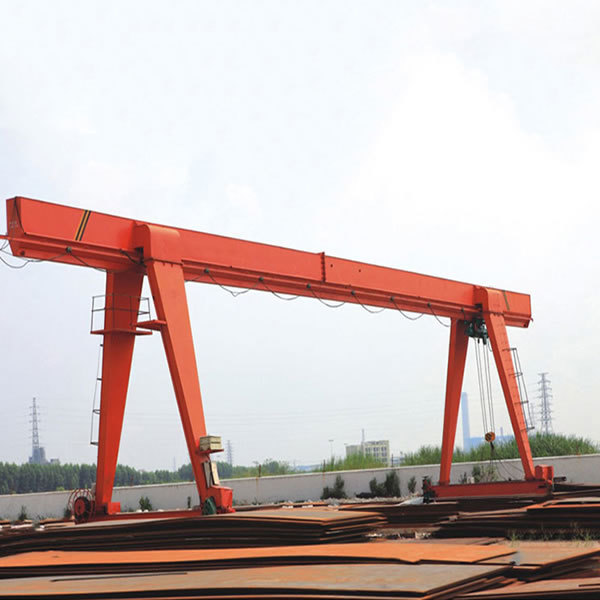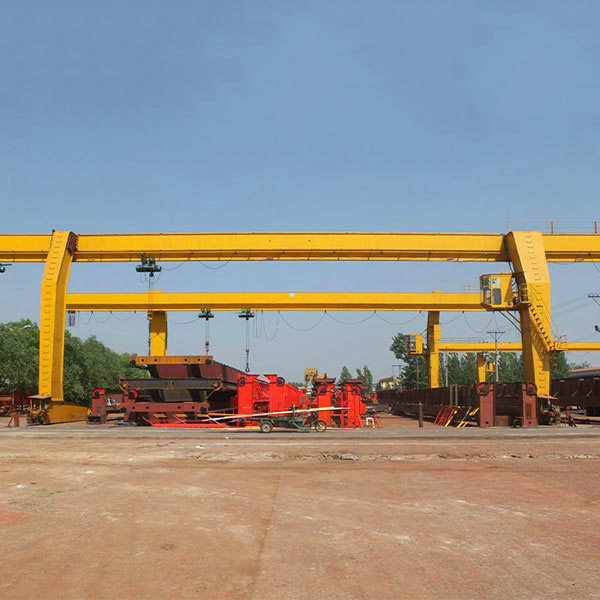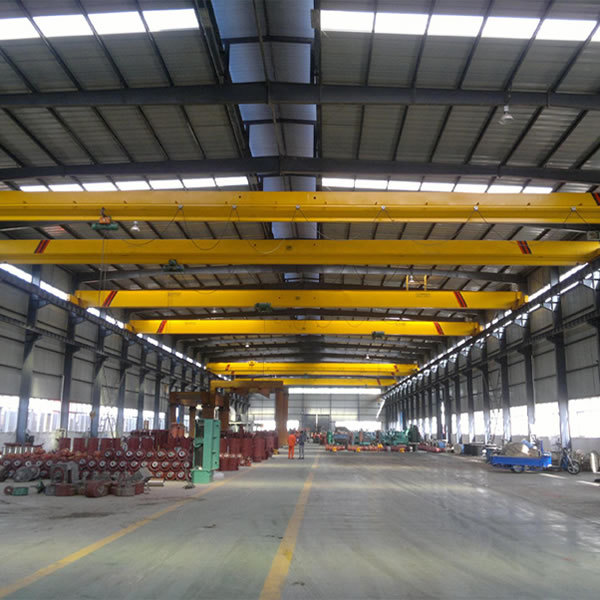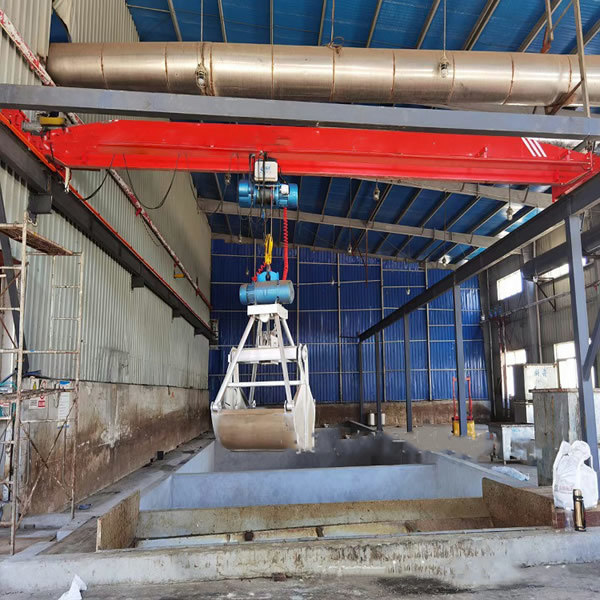




Description
The LB explosion-proof electric single beam crane is an explosion-proof crane specially designed for explosive environments, which complies with the standards of GB3836.1-2000 “Explosion proof Electrical Equipment for Explosive Environments” and GB3836.2-2000 “Explosion proof Electrical Equipment for Explosive Environments”d“.
Working Condition
1.Metal structures and mechanical parts should have sufficient strength, stiffness and buckling resistance.
2. It is required that parts and metal structures are not damaged after being loaded. For parts such as steel wire ropes with complex stress states, static strength calculations are usually carried out based on the main load and main deformation form, and a higher safety factor is used. It must also be required that the deformation of the component under the action of the load is within the allowable range, that is, There should be sufficient stiffness.
Second, the whole machine must have the necessary stability against overturning.
3. The prime mover has the power to meet the operating performance requirements, and the braking device should provide the necessary braking torque.
Features
1.The LB (LB) explosion-proof electric single beam crane has the characteristics of reasonable structure, beautiful appearance, and strong explosion-proof performance.
2.The whole machine is used in conjunction with HB (BCD) and HBS (BMD) explosion-proof electric hoists, with a lifting capacity of 1-10 tons, a span of 7.5-22.5 meters, a working level of A3-A5, and a working environment of -25 ℃ to+40 ℃.
3.This product is widely used in factories, warehouses, and material yards of chemical units, with two forms of ground and driver’s cab.
4.The driver’s cab is divided into open and closed types, and the installation form is divided into left and right. The entrance direction is divided into side and end faces, for users to choose according to their respective usage situations.
Technical Data
|
Crane traveling mechanism |
Working speed(m/min) |
20 |
|
Speed ratio |
58.95 |
|
|
Lifting mechanism (electric hoist) |
Model of electric hoist |
HB, BCD, BMD |
|
Lifting speed(m/min) |
8/0.8, 7/0.7, 3.5/0.35 |
|
|
Hoisting height(m) |
6,9,12,18,24 |
|
|
Traveling speed(m/min) |
20 |
|
|
Working class |
A3 |
|
|
Electric current |
380V 50Hz 3 Phase |
|
|
Wheel diameter |
270,370 |
|
|
Width of track |
37-70mm |
|
|
Explosion proof grade |
ExdⅡBT4 / ExdⅡCT4 |
|
Spare Parts
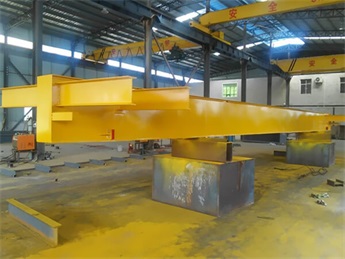
Main beam
The main beam is a box beam or H-beam structure, welded and formed from steel plates. The steel plate material is domestic steel (Q235B). The vertical winding is in accordance with Chinese national standards. All steel plates are subjected to shot blasting pre-treatment to achieve Sa2.5 level standardization. Before welding, the steel plates are carefully inspected and cleaned, usually by automatic welding machines (MIG or semi-automatic welding).
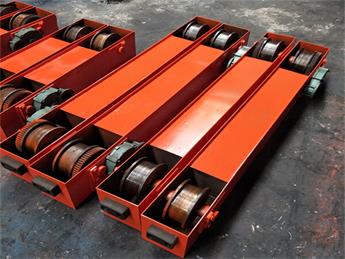
End beam
End beam is a supporting structure designed for lifting machinery, usually located at both ends of the crane, and its function is to provide stable support and balance for the crane. Cranes need to bear enormous weight and inertial forces during operation. Without the support of end beams, the crane is prone to imbalance or even overturning. Therefore, the role of the crane end beam cannot be ignored, as it is one of the key components for the safe operation of the crane.
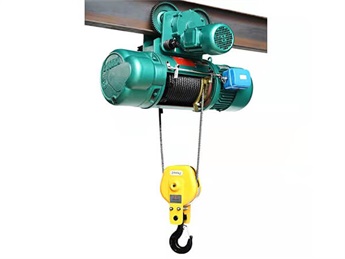
Electric hoist
The electric hoist will do dynamic and static load tests, as well as ascending and descending pressure tests. The baking paint process is used to enhance the adhesion of the paint film and improve the appearance quality. The assembly line ensures product quality.

Crane remote control
Industrial wireless remote control is a remote wireless remote control device specifically used to control construction machinery or industrial equipment.
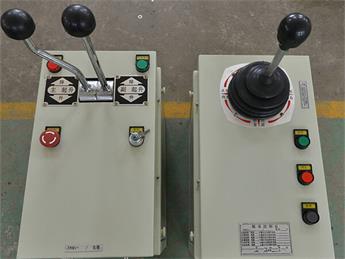
Crane control box
The surface of the control box has undergone anti-corrosion treatment Reasonable layout for easy maintenance Protection level IP55 Environmental temperature:<45 ° C, humidity<90%
Keywords





LB Type Explosion Proof Electric Girder Crane
Contact Us
Classification


